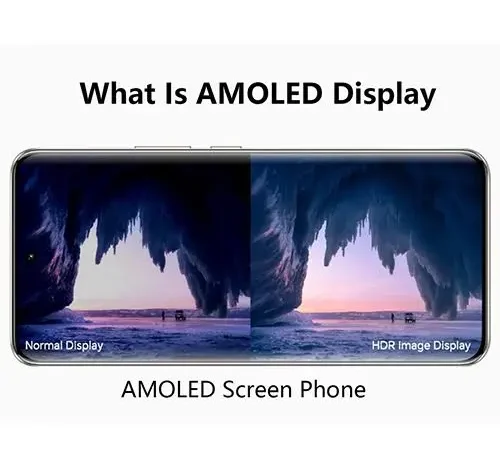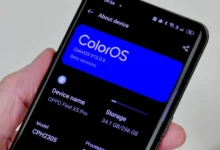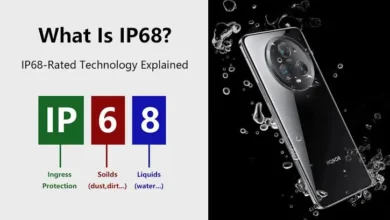

What is AMOLED Display – As smartphones continue advancing as central hubs coordinating our digital lives, display quality plays an outsized role in influencing everything from entertainment enjoyment to outdoor visibility. Over the past decade, AMOLED emerged as the premier screen technology powering flagship phones from Samsung, Google, OnePlus, and other leading manufacturers. But what exactly makes AMOLED displays so compelling over traditional LCD alternatives, and what benefits do they offer users? This article breaks down key technical capabilities.
How AMOLED Display Works
AMOLED stands for active-matrix organic light-emitting diodes and represents an evolution building upon standard OLED panels. Rather than requiring a separate backlight like LCDs, AMOLED utilizes organic compounds that light up independently when electricity passes through them. This enables self-illuminating pixels that can switch on and off individually.

By only activating necessary pixels, AMOLED facilitates true blacks via completely off pixels while achieving purer representation across the entire color spectrum through phosphorescent materials able to output more visible light per watt at max brightness settings.
Main Benefits of Choosing AMOLED Display
There are several compelling advantages AMOLED panel technology conveys to smartphones and other mobile gear like smartwatches that contribute to superior viewing, stronger outdoor visibility, sleek aesthetics, and battery savings:
- Deep Blacks & Infinite Contrast Ratios
- Vivid Colors & Wide Color Gamuts
- Extremely Fast Screen Response Times
- Thinner Profile Construction
- Always On Display Mode Options
- Enhanced Sunlight Readability
- Power Savings via Disabled Pixels
Additionally, ongoing AMOLED innovations around flexible and folding displays catalyzed the development of distinctive curved screens, plus early prototypes of expandable smartphones providing interactive user interfaces.
Considerations Around AMOLED Longevity
While AMOLED delivers best-in-class imagery when new, screen burn-in remains a potential downside where static elements like navigation buttons can permanently etch onto displays with continual Extended use over several years. However, shifting pixel patterns and reduced maximum brightness levels during typical usage help mitigate burn-in risks on modern phone models.
Conclusion
In summary, AMOLED technology conveys outstanding visual, responsiveness, and power advantages. As manufacturing scales further improving cost structures, AMOLED continues rapidly replacing LCD as the premium display option across virtually all high-end smartphones and mobile devices where screen quality takes priority – and for good reason.







